After using Stackexchange for several years now for solving all my Python, LaTeX, math, electronics, engineering and life questions, I have finally come up with a problem I cannot find an answer to. I hope you can point me in the right direction.
My problem is as follows: I bought two diy dimmer sets for 230VAC, max. 100W (like the one in the picture). Because the Halogen light I want to control is 100W I replaced the triac that came with the package with a BT139 (just to be on the safe side). After putting them both together I noticed that one of the two starts flickering below, say, 50%. I have tried switching the bulbs, switching the wiring order, I measured the potmeters resistance (which is fine), I measured the voltage drop across MT1 and gate (0.412V, which is about the same ass the other triacs), all soldering and wire connections are fine (<1 Ohm).
Unfortunately, that is about as far as my knowledge goes.

For understanding the circuit, I found a scheme of exact this dimmer here on Stackexchange (the Diac is a 30V one, the triac is a BT139):

Can you guys give me some hints of what I can do?
Thank you!
P.S. I only have a multimeter, I don't have a oscilloscope at my disposal...
Thanks for all the help guys! It appears the solution was really simple: I tried reversed the wiring of the dimmer (again) and miraculously it now stopped blinking... Can anyone of you come up with a theoretical explanation? It would be great to say I did not waste all those hours fooling around, but I actually learned something(: